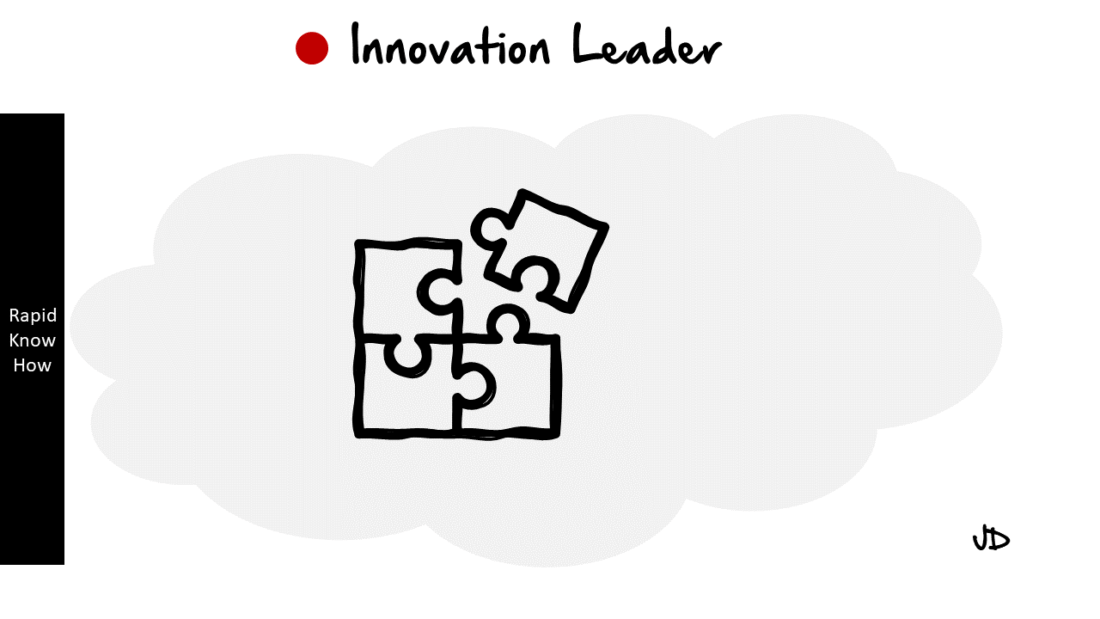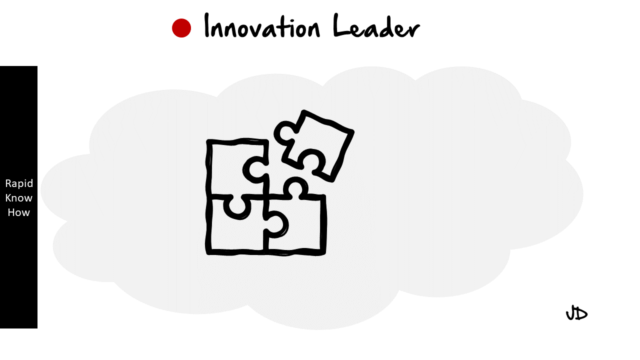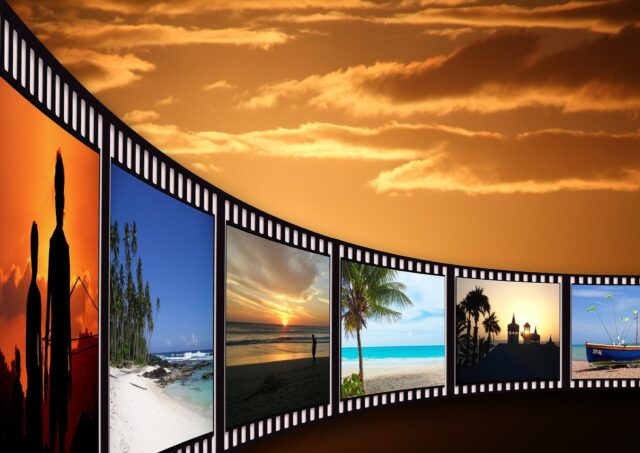Storyboarding for Virtual Reality: Crafting Immersive Experiences
Virtual Reality (VR) has revolutionized the way we interact with digital content, offering a fully immersive experience that transcends the boundaries of traditional media. One of the key elements in designing these experiences is the use of storyboards.
A. Use of Storyboards in Designing VR Experiences
Storyboards are a powerful tool in the creation of VR experiences. They allow designers to visualize and plan out each scene, ensuring that the user’s journey through the virtual environment is smooth and engaging.
In traditional media, storyboards are used to map out the sequence of events in a film or animation. However, in VR, they take on a new dimension. Instead of simply plotting out a linear narrative, VR storyboards must account for the 360-degree environment that users will be exploring. This includes not only what happens in front of the user, but also behind them, above them, and even below them.
B. Techniques for Creating Immersive VR Experiences Using Storyboards
Creating immersive VR experiences using storyboards involves several techniques:
1. Sketching Out Scenes: The first step is to sketch out each scene from multiple perspectives. This helps designers understand how users will interact with their environment and where key events or interactions will take place.
2. Mapping User Movement: In VR, users can move around and interact with their environment in ways that aren’t possible in traditional media. Therefore, it’s important to map out potential user movements and interactions within each scene.
3. Visualizing Transitions: Transitions between scenes need to be seamless to maintain immersion. Storyboards can help visualize these transitions and ensure they flow naturally.
4. Incorporating User Interaction: Unlike traditional media where viewers are passive observers, VR allows users to become active participants. Storyboards should therefore include potential user interactions and responses.
C. Examples from Popular VR Games or Experiences
Several popular VR games and experiences have used storyboarding to create immersive environments:
1. “Beat Saber”: This popular VR rhythm game uses storyboarding to map out the sequence of notes that players must hit. This ensures that the gameplay flows smoothly and is engaging for players.
2. “Superhot VR”: In this game, time only moves when the player moves, creating a unique challenge for storyboard artists. They had to carefully plan out each scene to account for this mechanic, ensuring that the game was both challenging and enjoyable.
3. “The Invisible Hours”: This VR experience is a murder mystery set in a large mansion. The creators used storyboards to plan out the movements and interactions of each character, creating a complex web of narratives that players can explore.
In conclusion, storyboarding is an essential tool in the creation of immersive VR experiences. It allows designers to visualize and plan out each scene, ensuring that users have a smooth and engaging journey through the virtual environment. By sketching out scenes, mapping user movement, visualizing transitions, and incorporating user interaction, designers can create truly immersive experiences that push the boundaries of what’s possible in VR.




